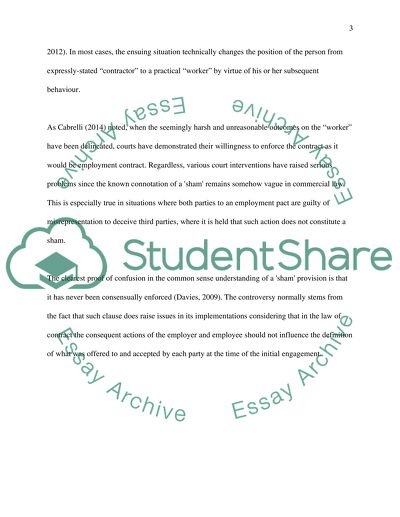Cite this document
(“Employer of a court ruling that a clause or a contract is a sham Essay”, n.d.)
Employer of a court ruling that a clause or a contract is a sham Essay. Retrieved from https://studentshare.org/law/1661379-employer-of-a-court-ruling-that-a-clause-or-a-contract-is-a-sham
Employer of a court ruling that a clause or a contract is a sham Essay. Retrieved from https://studentshare.org/law/1661379-employer-of-a-court-ruling-that-a-clause-or-a-contract-is-a-sham
(Employer of a Court Ruling That a Clause or a Contract Is a Sham Essay)
Employer of a Court Ruling That a Clause or a Contract Is a Sham Essay. https://studentshare.org/law/1661379-employer-of-a-court-ruling-that-a-clause-or-a-contract-is-a-sham.
Employer of a Court Ruling That a Clause or a Contract Is a Sham Essay. https://studentshare.org/law/1661379-employer-of-a-court-ruling-that-a-clause-or-a-contract-is-a-sham.
“Employer of a Court Ruling That a Clause or a Contract Is a Sham Essay”, n.d. https://studentshare.org/law/1661379-employer-of-a-court-ruling-that-a-clause-or-a-contract-is-a-sham.


